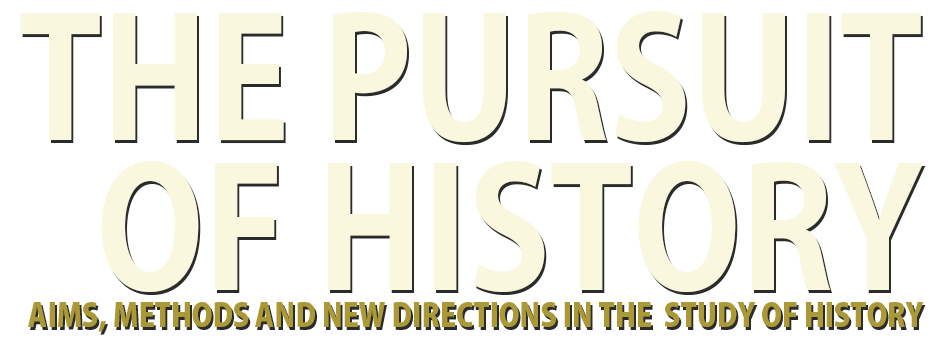Study Skills
How to cite sources
Citations are central building blocks to writing history. Other historians reading your work need to know where your information came from and citations are the way to indicate this.
What to cite:
- Any direct quotations from a source
- Any facts likely to be debated
- Paraphrases of another author’s idea or opinion
What not to cite:
- Common knowledge, for example that D-Day occurred on 6 June 1944 (there is no fine line between what is common knowledge and what isn’t, but if in doubt it is better to cite than not.)
Citation style will vary depending on one’s university, but the key principles remain the same. It is always necessary to include the author’s name, the title of the work, the publication information, and the page number(s) from where the information came from (except in the case where you are citing the entire work in general).
The most common method of citations for historians is notes/bibliography in Chicago/Turabian Style, but make sure to check your own university’s guidelines:
http://www.chicagomanualofstyle.org/tools_citationguide.html
Further information on how to cite sources:
http://www.bowdoin.edu/writing-guides/citing%20sources.htm
https://owl.english.purdue.edu/owl/resource/717/01/
Avoiding plagiarism:
http://www.wikihow.com/Avoid-Plagiarism
Examples of correctly and incorrectly cited/paraphrased excerpts:
How to approach an historical essay or a research project
There is no one right way to approach an historical essay. Everyone will find their own method, but there are some general tips to keep in mind.
Research
- If you have not been given a specific question to write on, formulate some general questions first.
- Then, read widely in secondary sources, and as you do so, refine your original questions.
- Remember, history essays are about analysis, not simply description.
- Once you have your question, identify primary (if available) or secondary sources that will help you to answer your question.
- Read your sources critically and consider other potential interpretations as you begin to formulate an answer to your question.
- Take careful notes, including page numbers, to ensure you know where you obtained your information when you go to write your essay.
Writing
- Think about general themes that have emerged in your research and begin to group them together.
- Create a logical outline for your essay which includes key points of evidence to support your argument.
- Develop paragraphs that have their own ideas and ensure you transition logically from one paragraph to another.
- Save writing your introduction and conclusion until you’ve written the rest of your essay (or re-write them when you’ve finished).
- Read over your essay to ensure that the content fits together logically and the argument is coherent.
Further reading:
How to approach Internet research
As with any source, one needs to be critical of sources found on the Internet.
Questions to ask of Internet sources include:
- Who made this source?
- Are they reliable?
- Where did the author find their information?
- Are there any references or citations?
In the case of a reproduction of a primary source, other questions include:
- Is the source reproduced in a scan or through transcription of the text?
- Is the work paginated in the same way as in the original?
- Have unorthodox spellings, errors, punctuation, italicised words, and so on been reproduced faithfully?
- Is the document excerpted or abbreviated in any way?
A guide to history research online:
https://edubirdie.com/blog/using-primary-sources
Databases of history websites:
http://www.besthistorysites.net/index.php/research
http://www.writerswrite.com/journal/mar99/internet-research-resources-for-historical-writers-3995
How to approach archival research
Planning your visit:
- Research the opening times and the regulations (i.e. is photography allowed? can documents be photocopied?) for the archive.
- Be aware of any upcoming closures (holidays, inventory, etc.).
- Prepare a list of the sources you hope to view in the archive.
- Check to see if sources you want to view are already available online.
- Contact the archive in advance if you have any questions, or in the case of a smaller archive contact them to let them know you are coming.
- Consider any palaeography training (i.e. understanding of older handwriting styles, abbreviations, etc.) you might need to undertake before viewing your documents.
Visiting the archive:
- Ensure you bring any necessary ID for registering at the archive.
- Be respectful of archivists and they will be more willing to help you.
- Allow yourself several days to become familiar with the archive and its contents.
- Keep a detailed log of what you view, including any page numbers, for when you go back to cite your research later (especially if you are taking photos).
- Ensure your camera is charged and you have sufficient space for the photos on your computer.
- Set aside time for taking breaks.
